
Kawasaki Ninja 400 Registers A 3,500 Per Cent Growth!
- Nov 28, 2019
- Views : 11747

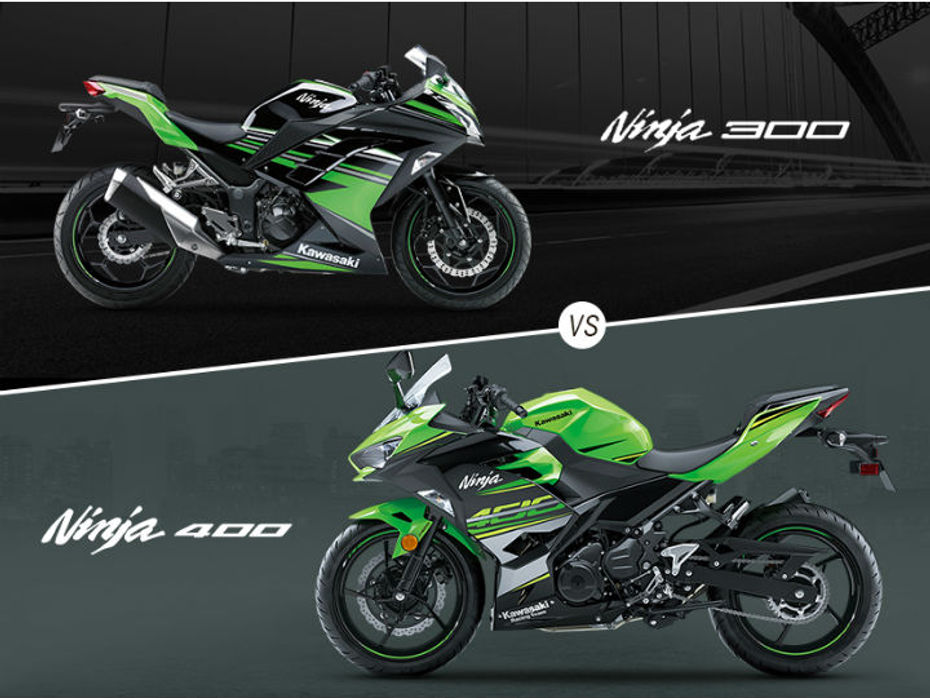
The entry-level Ninja twins from Kawasaki are packed with sophistication and quality, albeit at a premium pricing. But the reason for the expensive price tags is because of the two bikes being brought to the country as CKD units from Thailand. Track riding, daily commute, weekend jaunts - you name it - these motorcycles can tackle them with ease. So, what makes the new kid on the block, the Ninja 400, stand apart from its smaller sibling?
Design
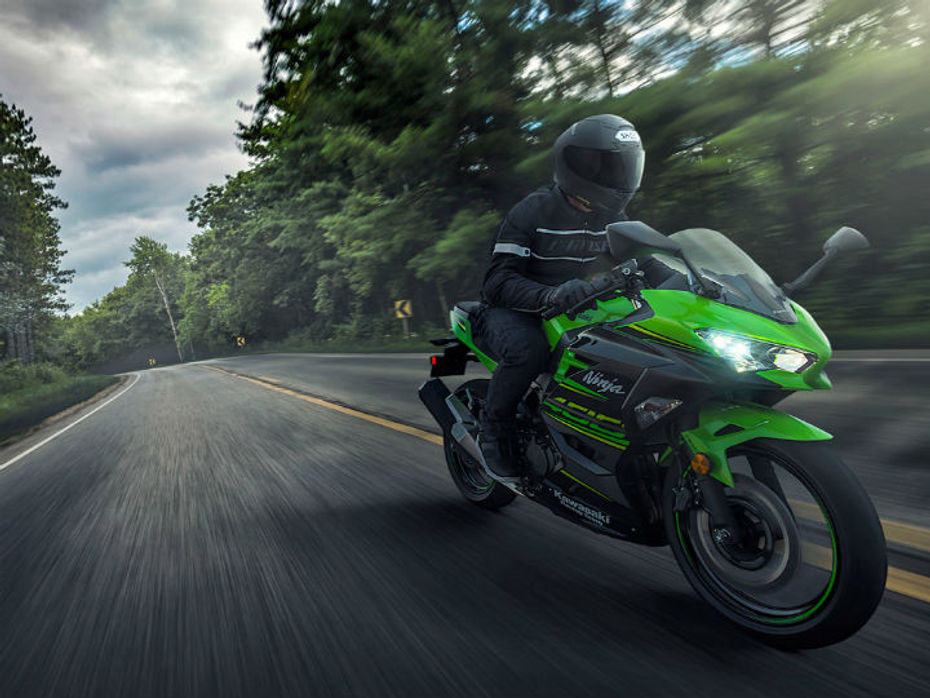
The Kawasaki Ninja 400 draws inspiration from its mighty supercharged cousin, the Ninja H2. The chin spoilers below the twin LED headlamps are inspired by the H2 and also the Ninja ZX-10R. On the other hand, the livery on the fairing has been inspired by the Kawasaki Racing Team (KRT). In fact, the Ninja 400 comes only in the KRT colours in India. The design of the LED tail lamp also takes cues from the 2016 Ninja ZX- 10R. The bike’s analogue-digital cluster is the same as the Ninja 650’s for the added premium quotient. This motorcycle made its global debut at the 2017 Tokyo Motor Show.
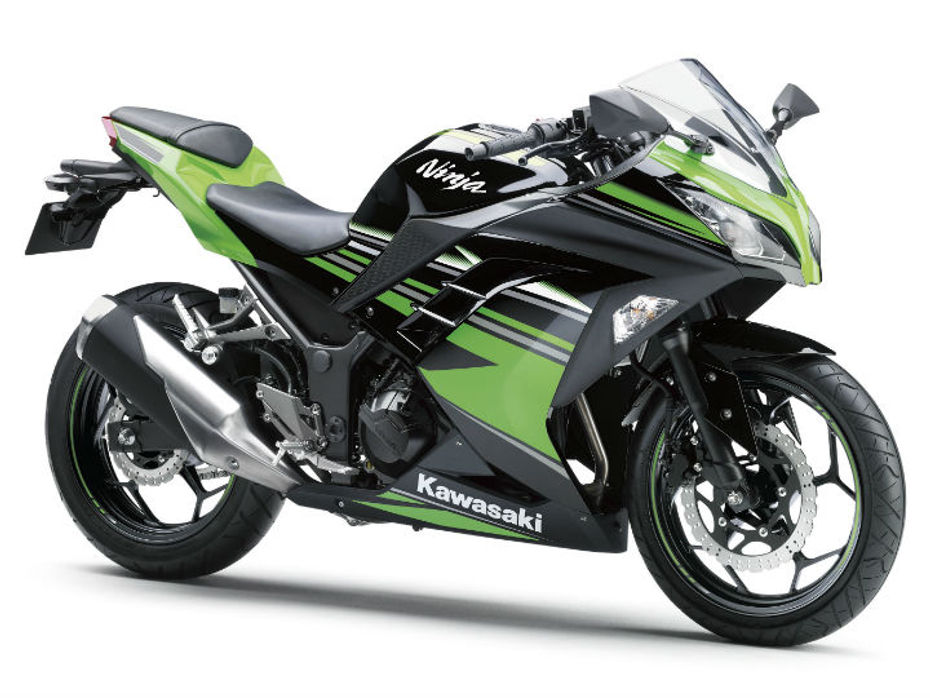
The design of the Kawasaki Ninja 300 is a bit long in the tooth, but this Japanese pocket rocket still manages to turn heads, thanks to the loud black and green paintwork. For optimal thermal management, the fin design and large ventilation holes in the fairing are similar to that of the ZX-14R. The twin halogen headlamps remind you of the litre-class Ninja, and just like the ZX-10R, the Ninja 300 also uses a floating-style windscreen.
Powerplant
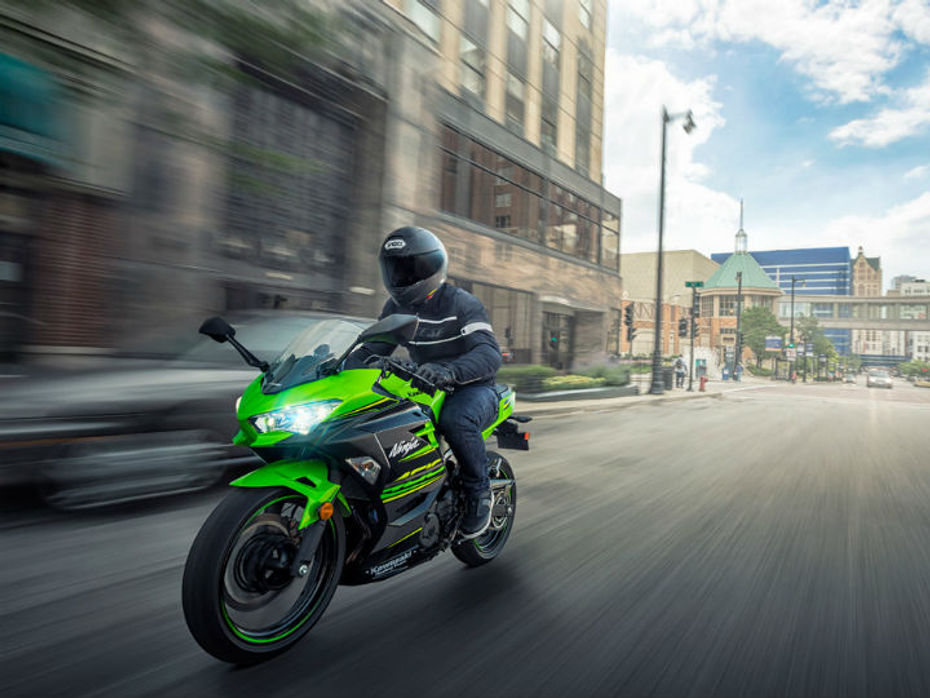
The Ninja 400 employs an all-new 399cc, parallel-twin, DOHC, liquid-cooled, fuel-injected mill that’s good for 49PS, at a screaming 10,000rpm. A peak torque of 38Nm comes in at 8000rpm. Kawasaki says that the engine is easy to control, thanks to the smooth, predictable throttle response. This 399cc engine is housed inside an all-new high-tensile steel trellis frame.
Though the Ninja 300 has a smaller 296cc DOHC parallel-twin, liquid-cooled motor, it is quite free-revving, with peak power of 39PS arriving at 11,000rpm. The torque figure is modest, at 27Nm and kicks in at 10,000rpm. The Ninja 300 is built on a diamond-type steel frame.
Both the engines are coupled with a 6-speed transmission with assist and slipper clutch for better stability and traction during aggressive downshifts. So if you want to pop a wheelie, you can perhaps go all out (at a safe location) as the two bikes are devoid of any electronic nannies, apart from the dual-channel ABS on the Ninja 400.
Mechanical Underpinnings
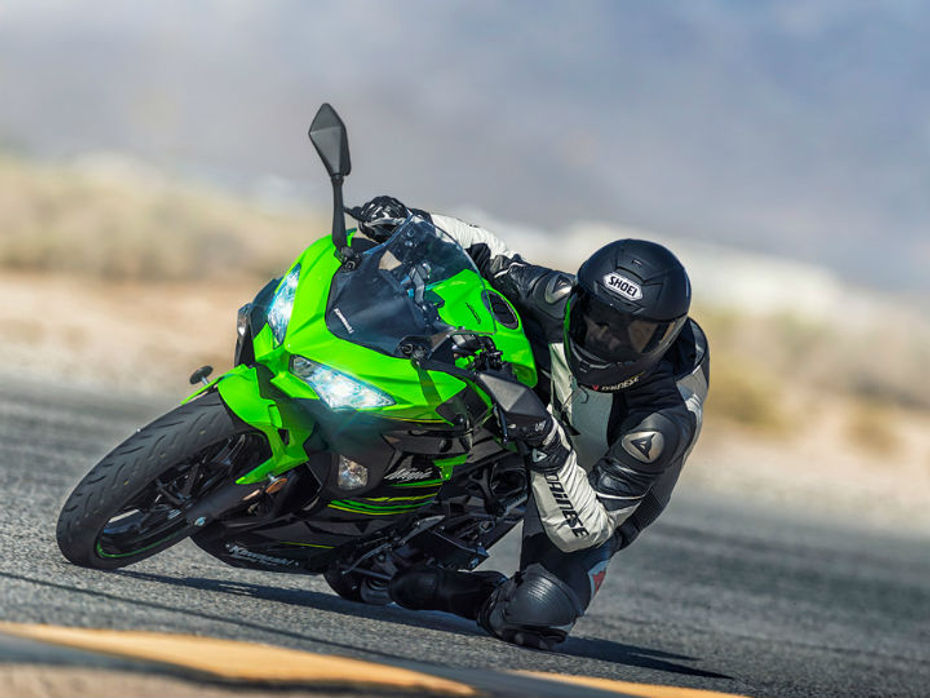
Kawasaki has equipped both the bikes with a more traditional telescopic fork setup up front. The Ninja 400 has a pair of fat 41mm forks, while the Ninja 300 makes do with 37mm units. At the rear, both the bikes employ a bottom-link Uni-Trak gas-charged monoshock with adjustable preload.
The Ninja 400 features petal discs at the front and rear, which offer better heat dissipation than conventional discs. The front disc measures 310mm while the rear is a 220mm unit. Braking is further enhanced by the inclusion of dual-channel ABS from Nissin, which Kawasaki claims is the lightest and most compact unit available.
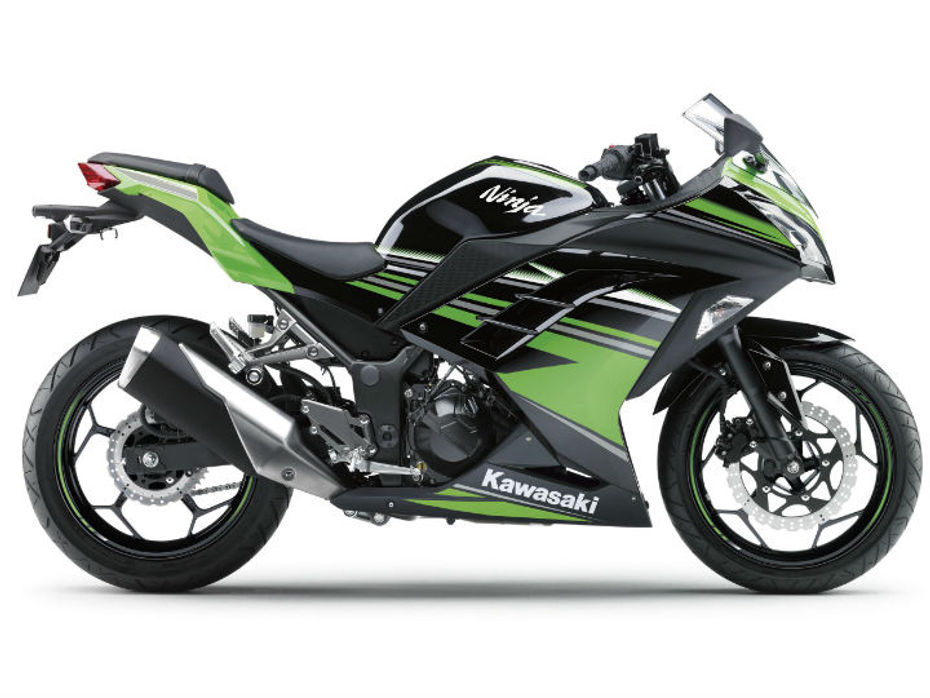
The Ninja 300, on the other hand, employs a 290mm front and a 220mm rear petal disc for braking. Unfortunately, there’s no ABS, even as an option. This is disappointing as Kawasaki offers ABS an an option in the US market for the Ninja 300. The two bikes wear similarly sized rubbers on the 17-inch alloys, with the front featuring a 110-section unit and the rear shod with a 150-section tyre.
Pricing & Rivals
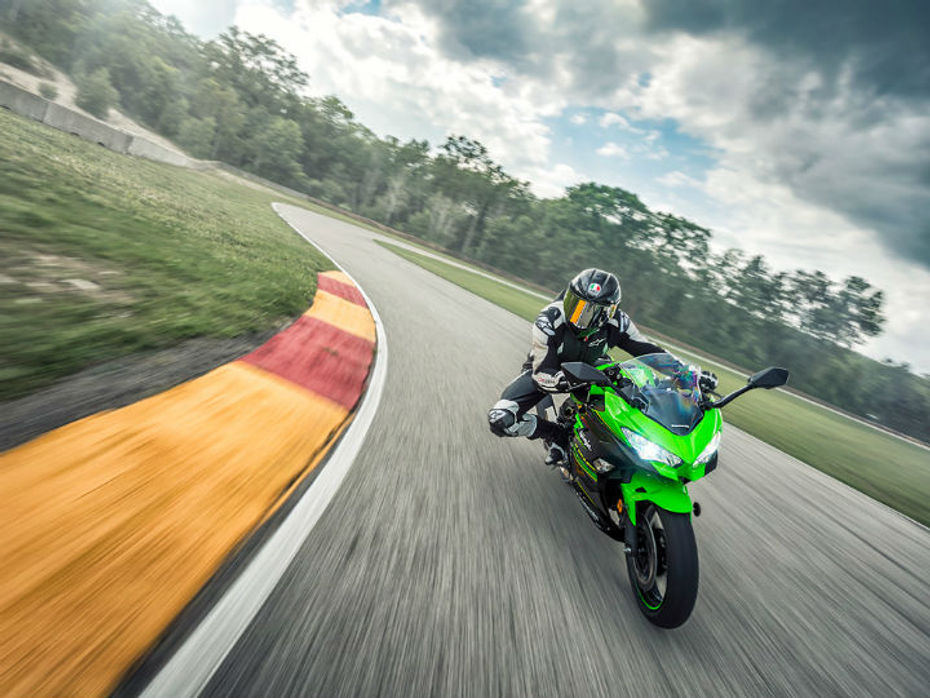
Both the motorcycles command a hefty premium since they’re assembled here instead of being manufactured. The Ninja 400 is priced at a whopping Rs 4.69 lakh (ex-showroom Delhi) which is only Rs 30,000 more than the ex-showroom price of Kawasaki’s full-fledged 650cc motorcycle, the Z650! In the Indian market, there are no direct rivals for the Ninja 400 as its asking price per cc is a bit too steep.
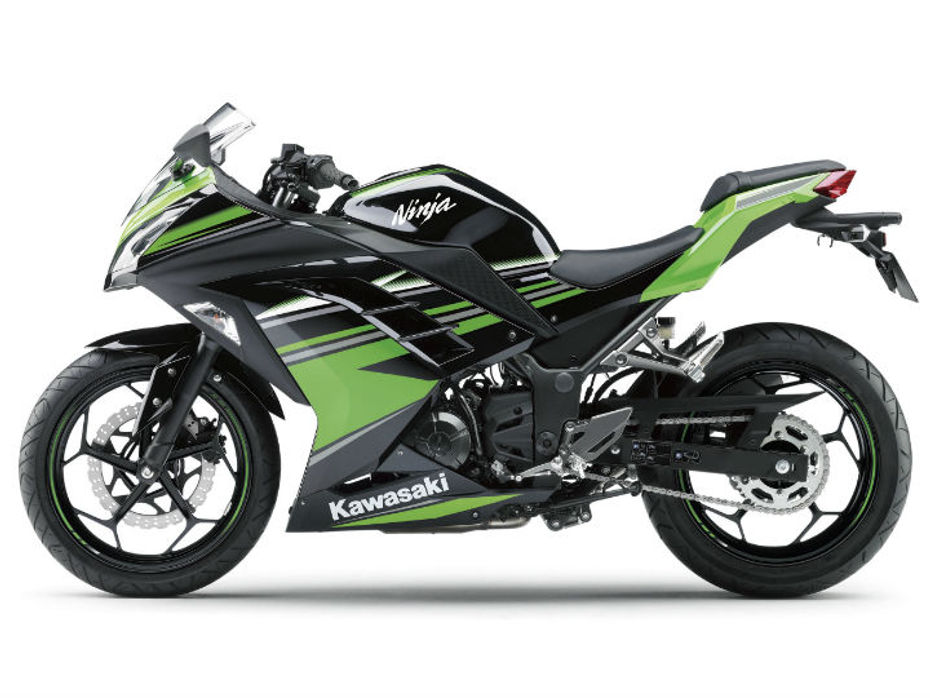
The Ninja 300 costs Rs 3.6 lakh (ex-showroom) and competes with the 2018 Yamaha YZF-R3, which is Rs 12,000 cheaper. Another worthy competitor is the Benelli 302R, which will set you back by Rs 3.62 lakh (ex-showroom Delhi). Further down the value chain, there are the TVS Apache RR 310 and the KTM RC 390. The KTM RC 390 is priced at Rs 2.37 lakh, (ex-showroom Delhi) which is Rs 1.23 lakh lesser than the Ninja 300 in comparison. Moreover, it’s equally feature rich, lighter, and even makes 4.5PS more despite lacking a cylinder.
Verdict
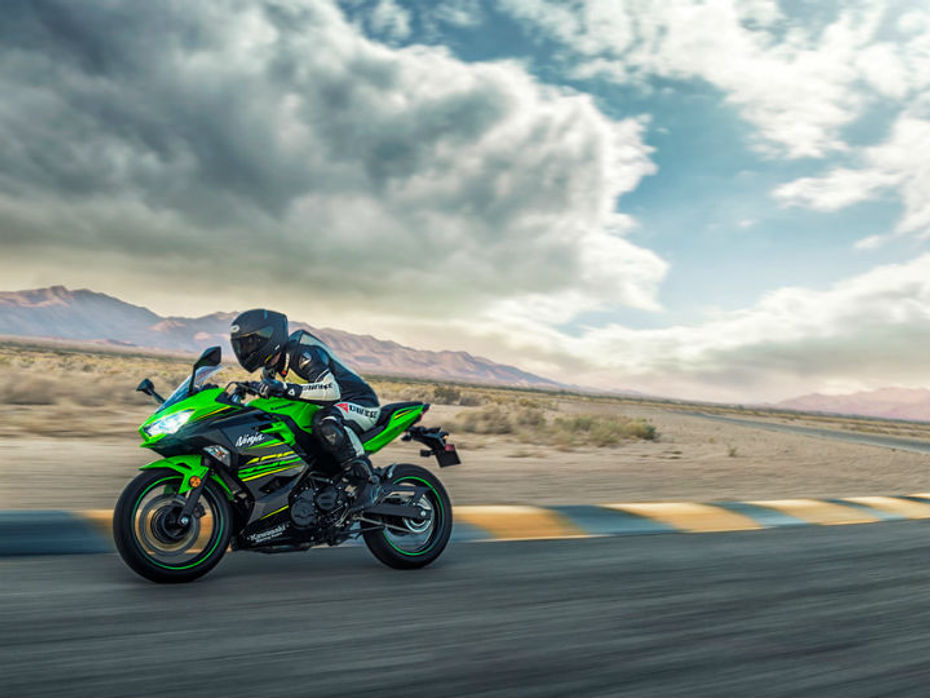
Though the Kawasaki Ninja 400 is a superior overall package compared to the Ninja 300, its pricing is a bit too much, especially in a cost-conscious market like India. The Ninja 400 is apt for riders who don’t mind spending a premium for a bit more power than the Ninja 300. Moreover, the presence of ABS makes the bike safer than the Ninja 300.
The Ninja 300 is for the discerning rider who is looking for a reliable Japanese mid-capacity motorcycle with excellent build quality.
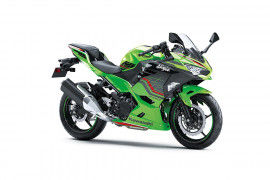

Kawasaki Ninja 400 Registers A 3,500 Per Cent Growth!

Kawasaki Ninja 400 Gets Meaner Colours

Ridiculously Powerful Kawasaki Ninja ZX-25R Likely To Be Unveiled Soon

Kawasaki Is Offering Massive Discounts On Most Models!

Kawasaki Ninja 400 vs KTM RC 390 vs Yamaha R3: Spec Comparison

Yamaha R3 vs KTM RC 390 vs Aprilia RS 457 vs Kawasaki Ninja 400:...

Kawasaki Ninja 400 vs KTM RC 390 - Specs Compared

2022 KTM RC 390 vs TVS Apache RR 310 BTO vs Kawasaki Ninja 300:...

Honda CBR400R vs KTM RC 390: Battle Of The Small Sportbikes

Kawasaki Ninja 400, Ninja 650, Versys 650 & Vulcan S Now More...
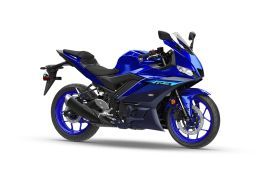 Yamaha R3
Yamaha R3
 Aprilia RS 457
Aprilia RS 457
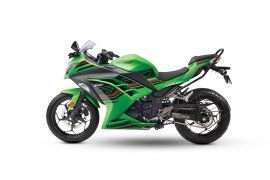 Kawasaki Ninja 300
Kawasaki Ninja 300
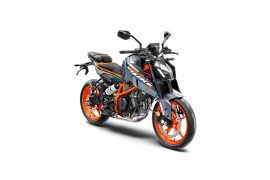 KTM Duke 390
KTM Duke 390
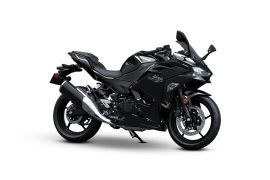 Kawasaki Ninja 500
Kawasaki Ninja 500
India's largest automotive community